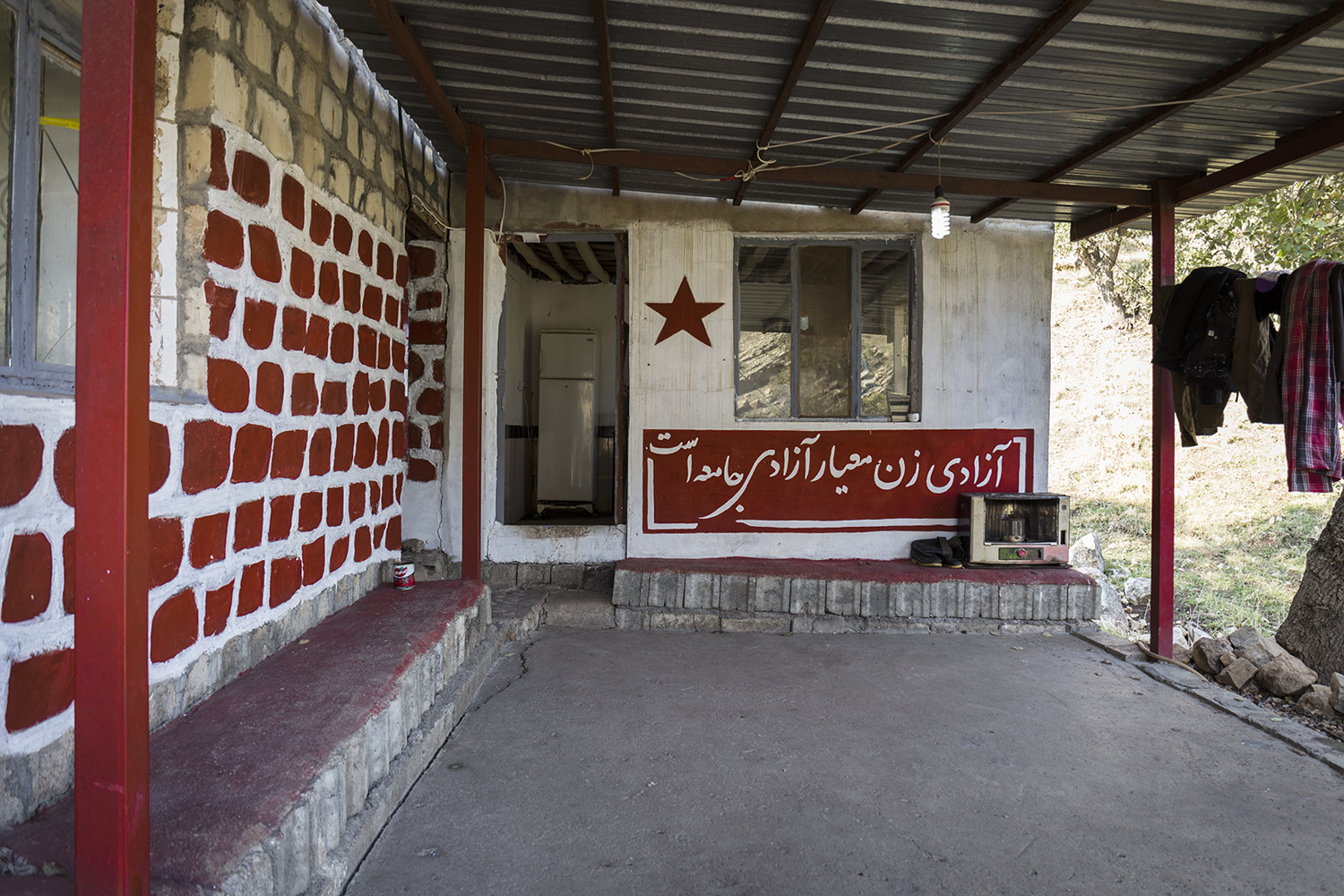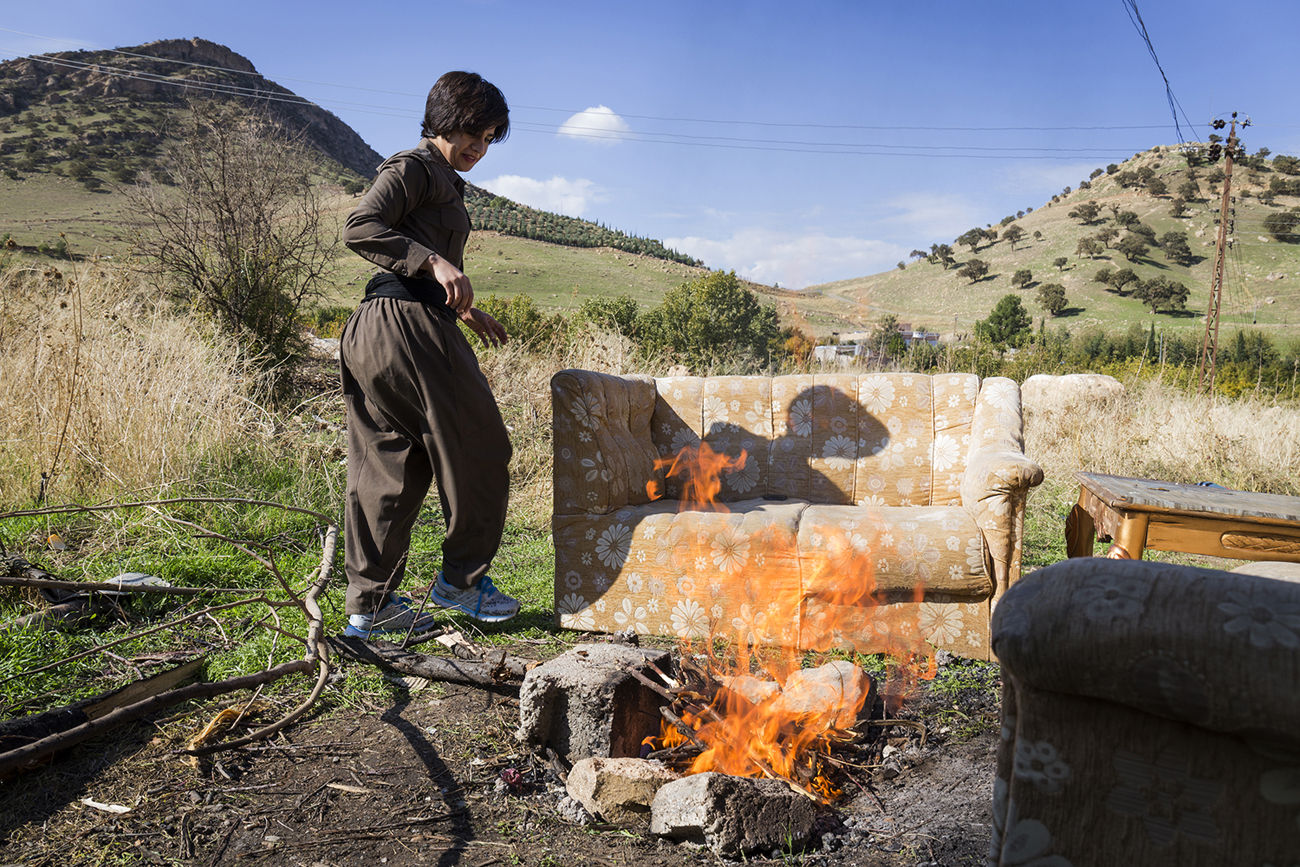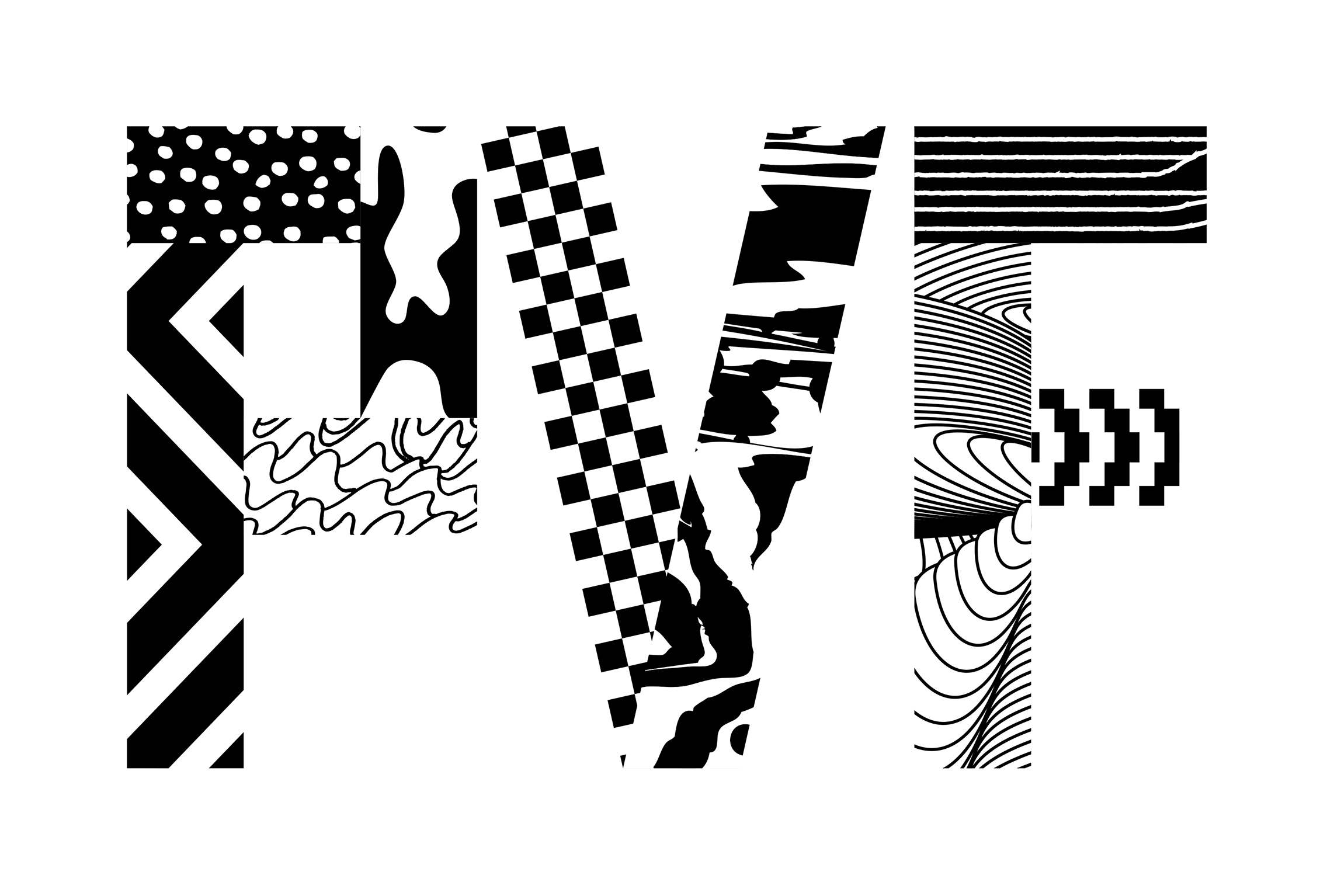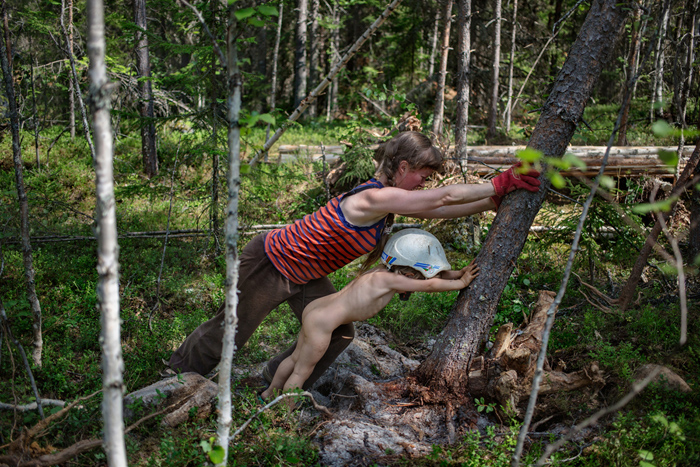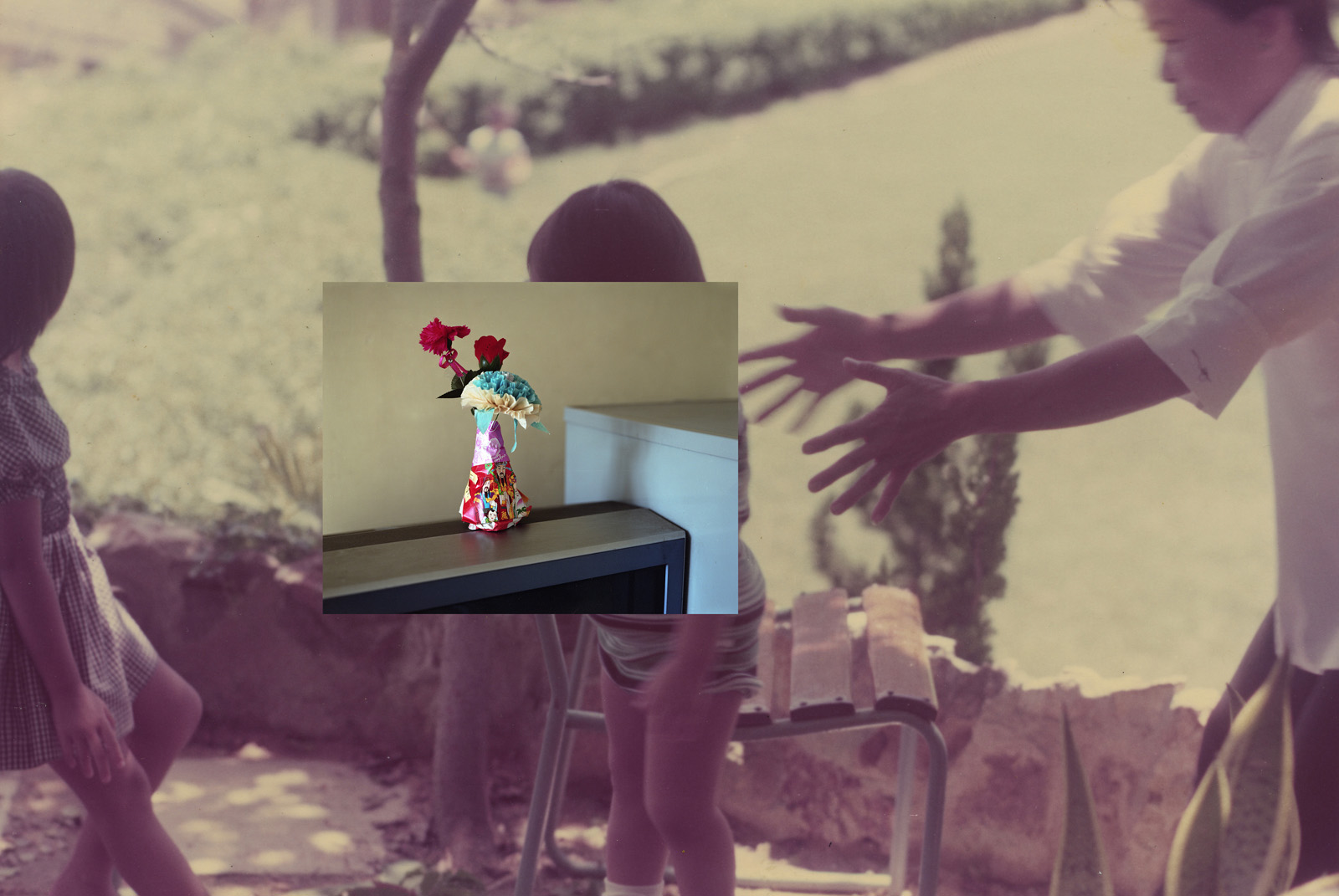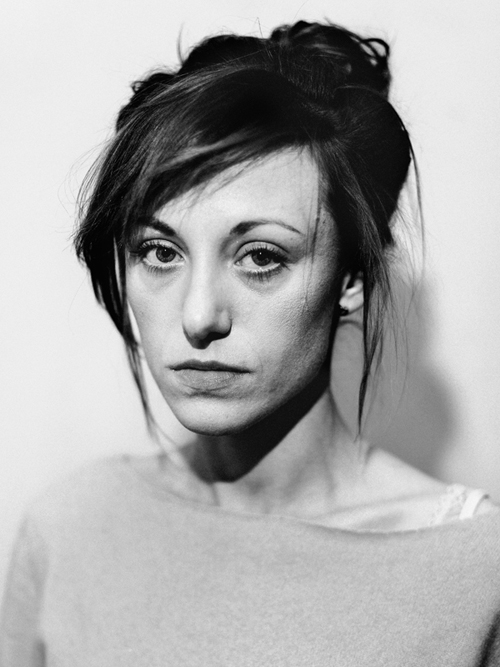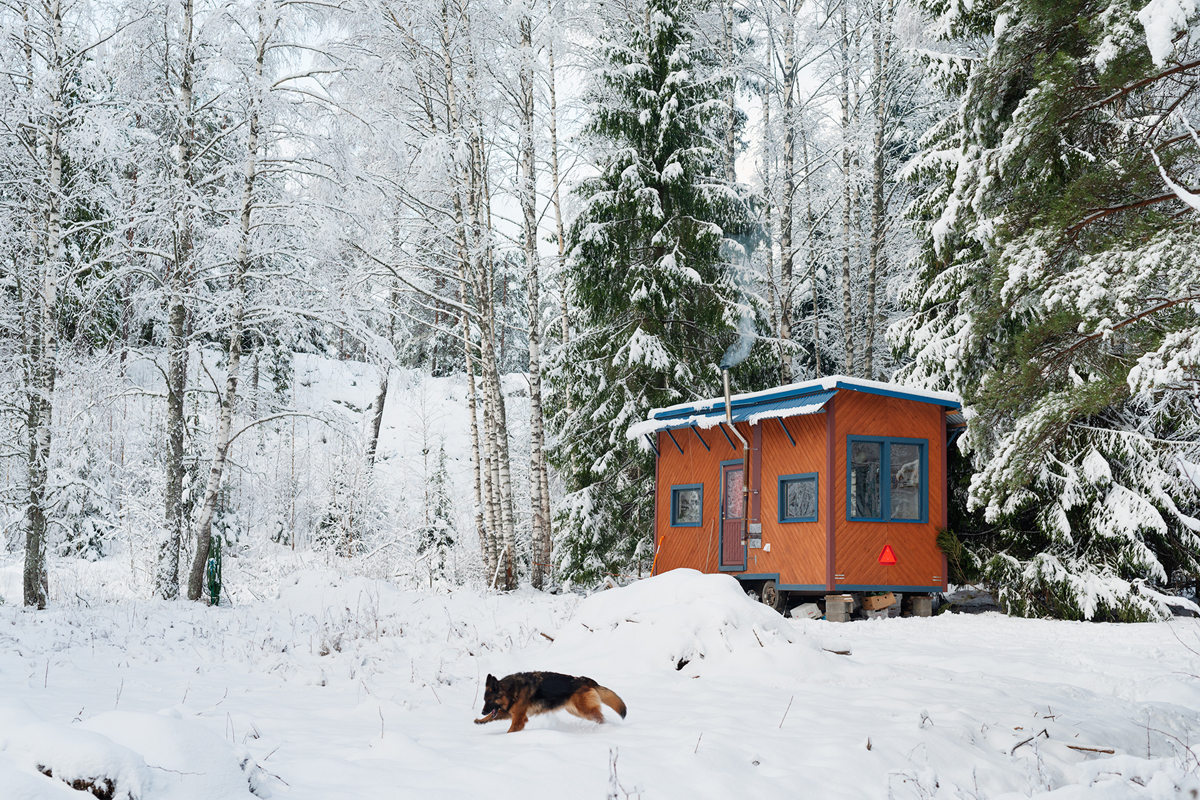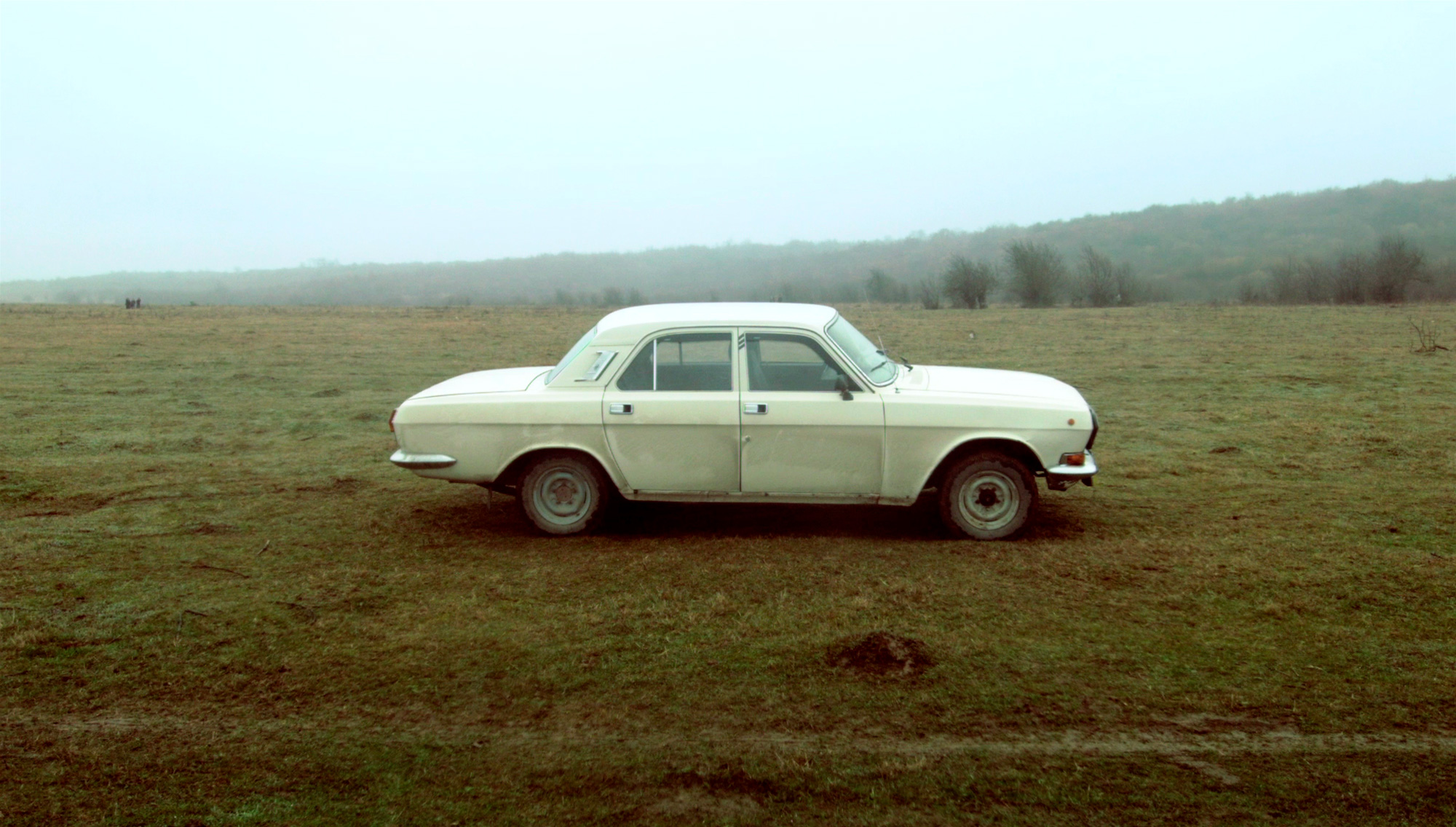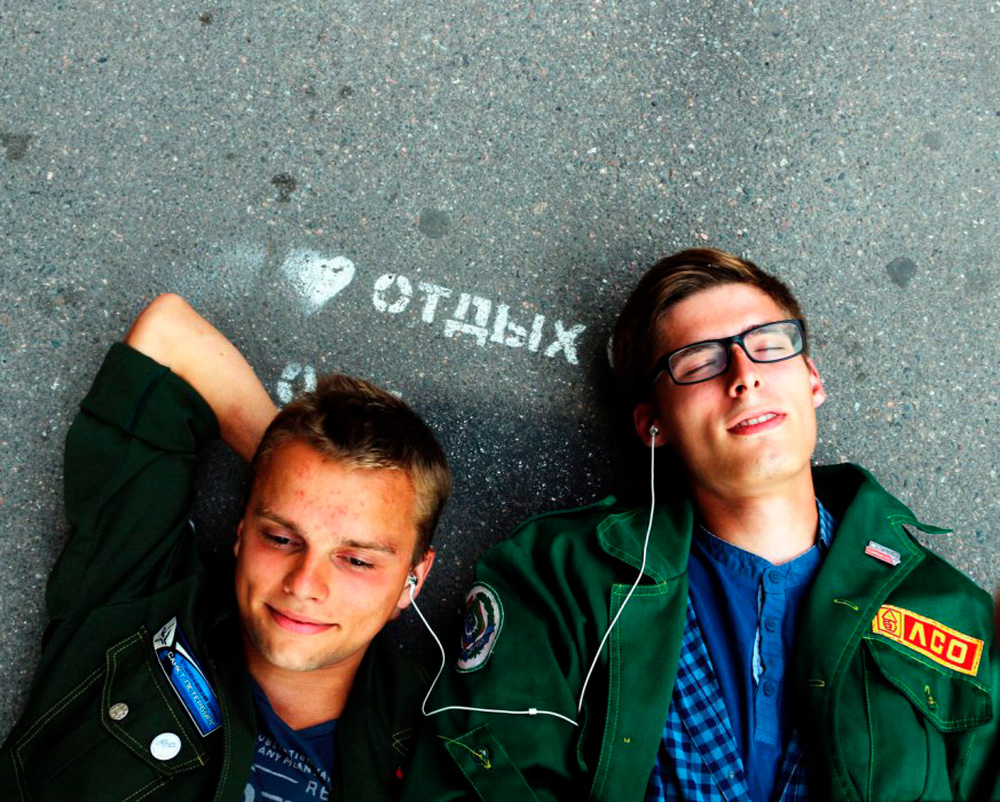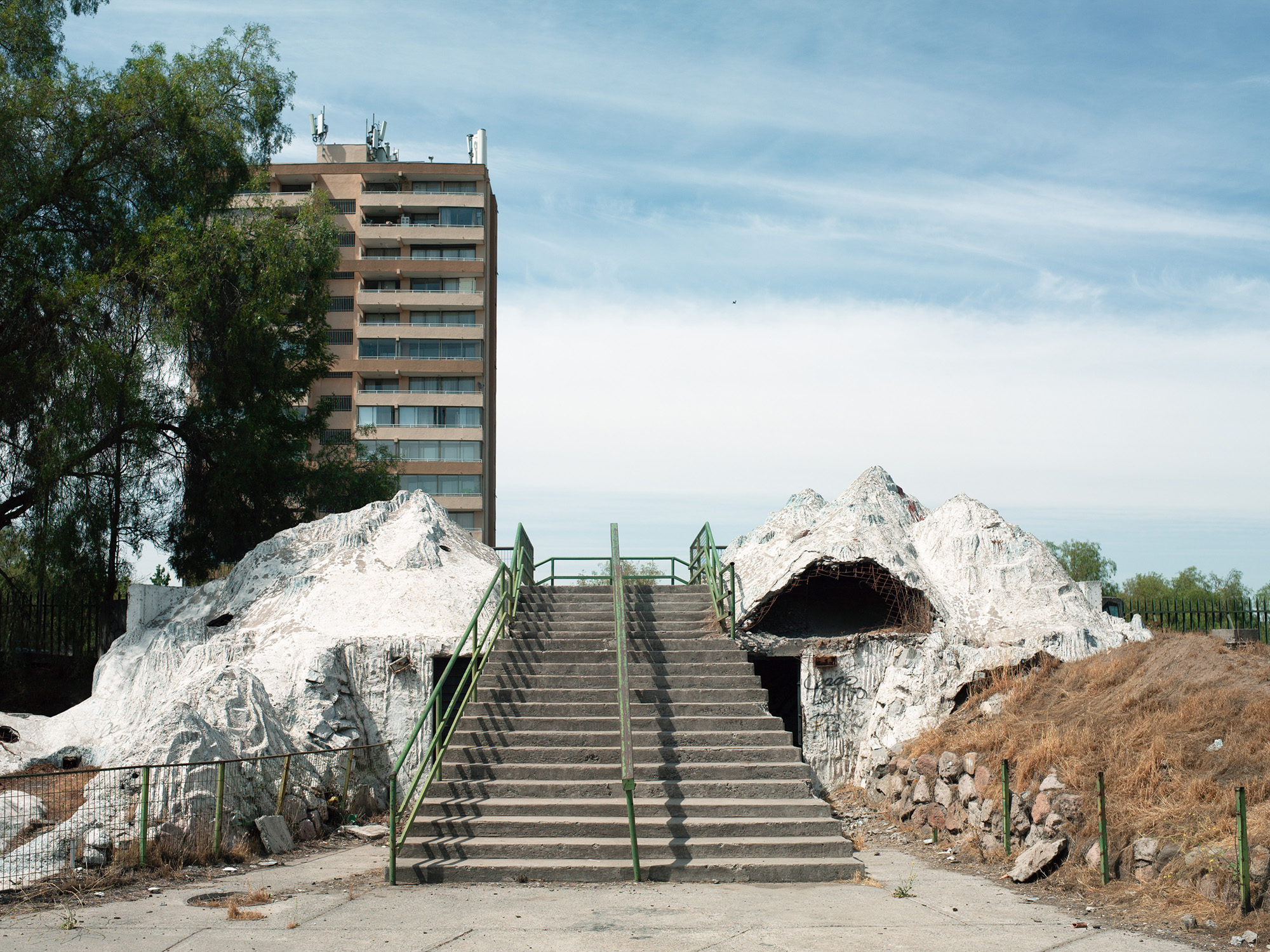PVF 2019: Potentiality

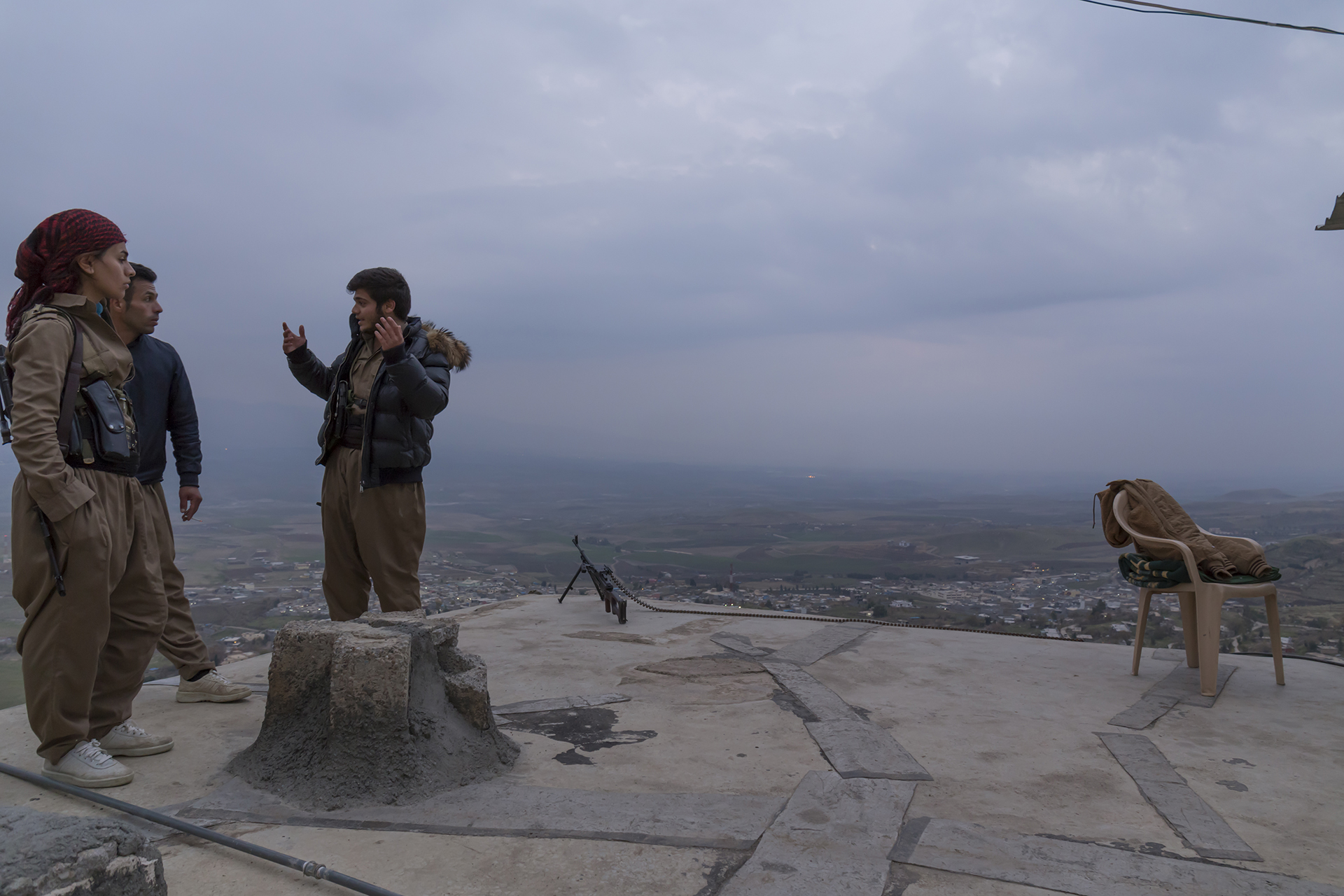
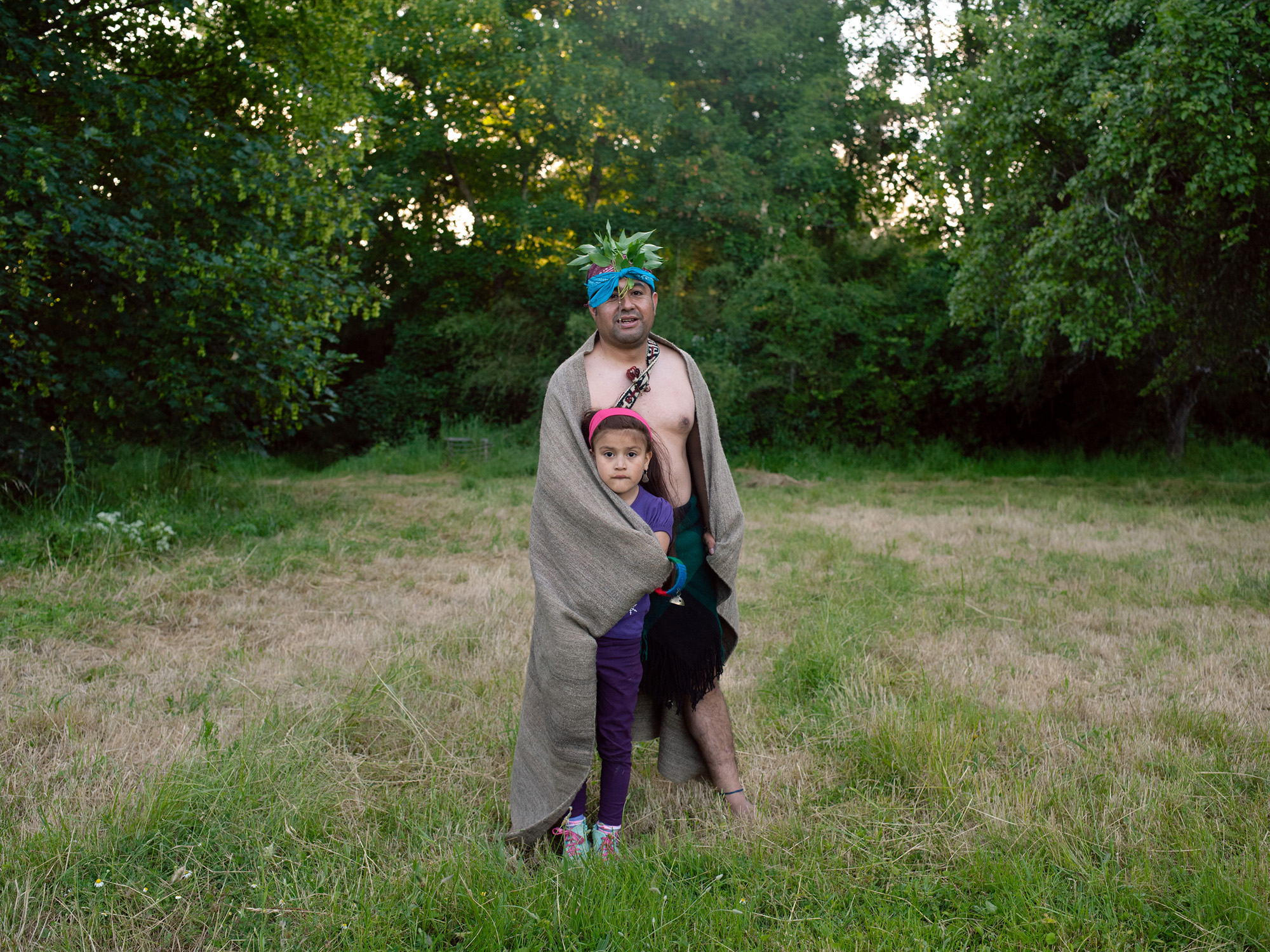

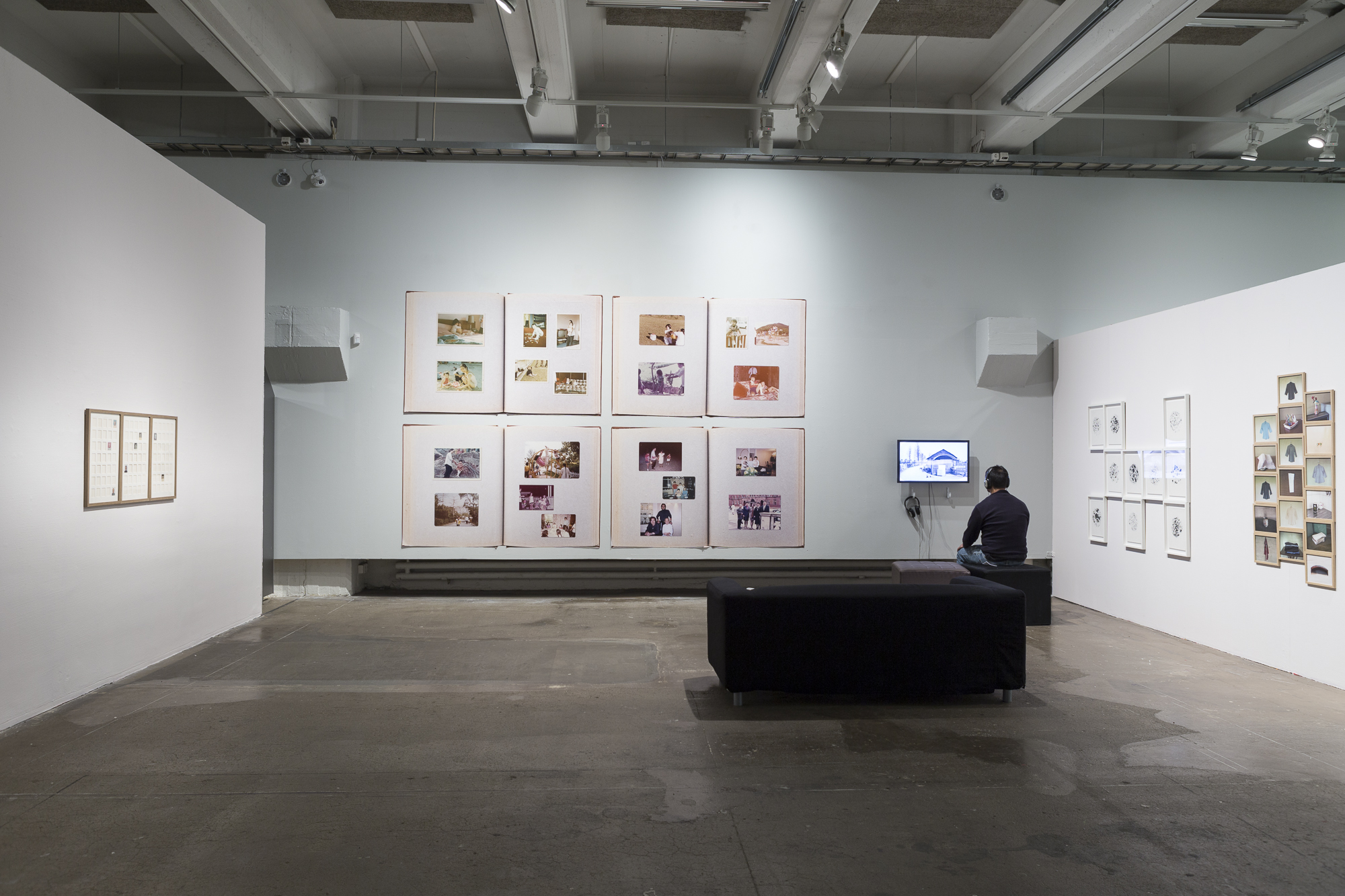



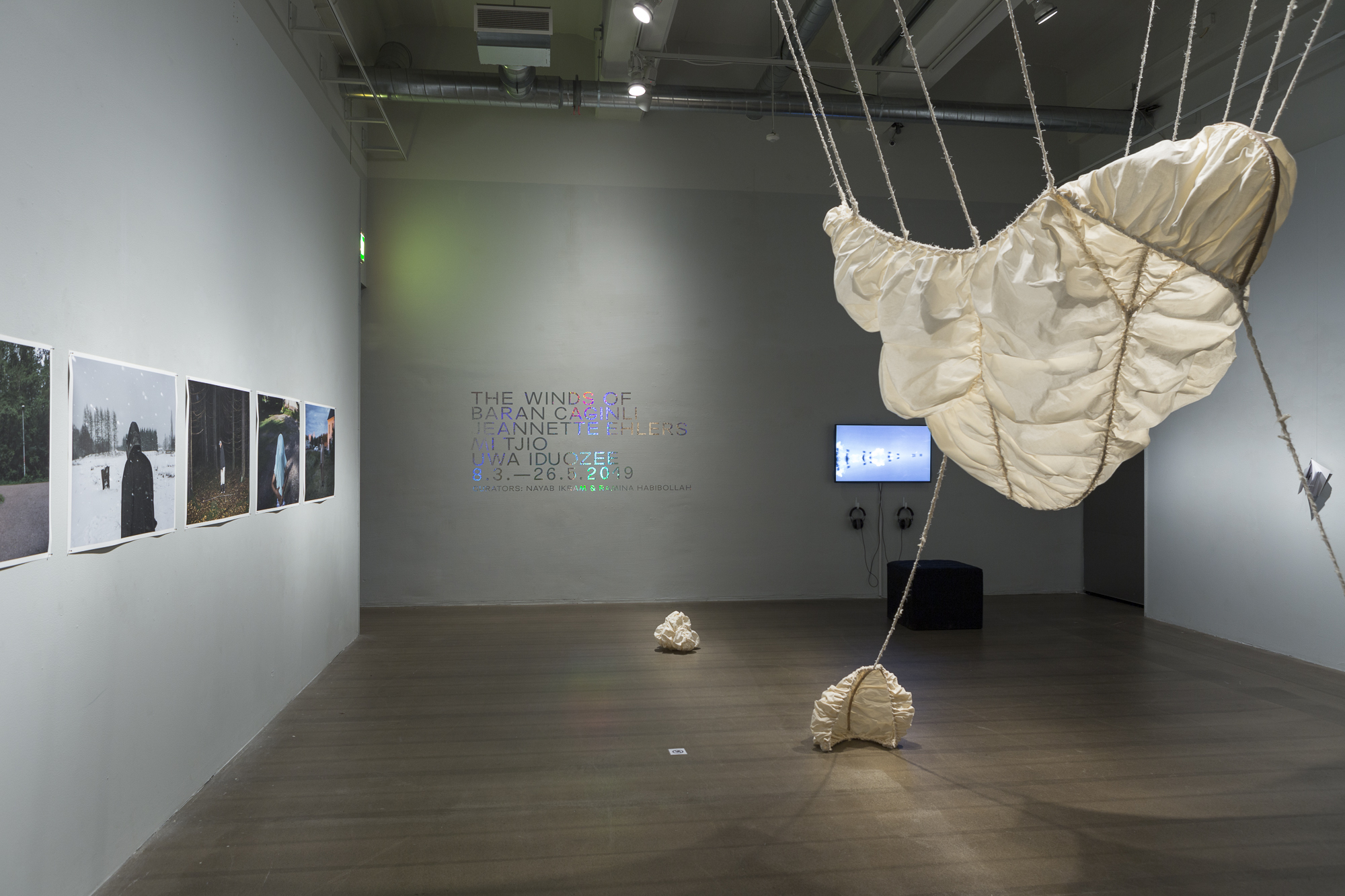



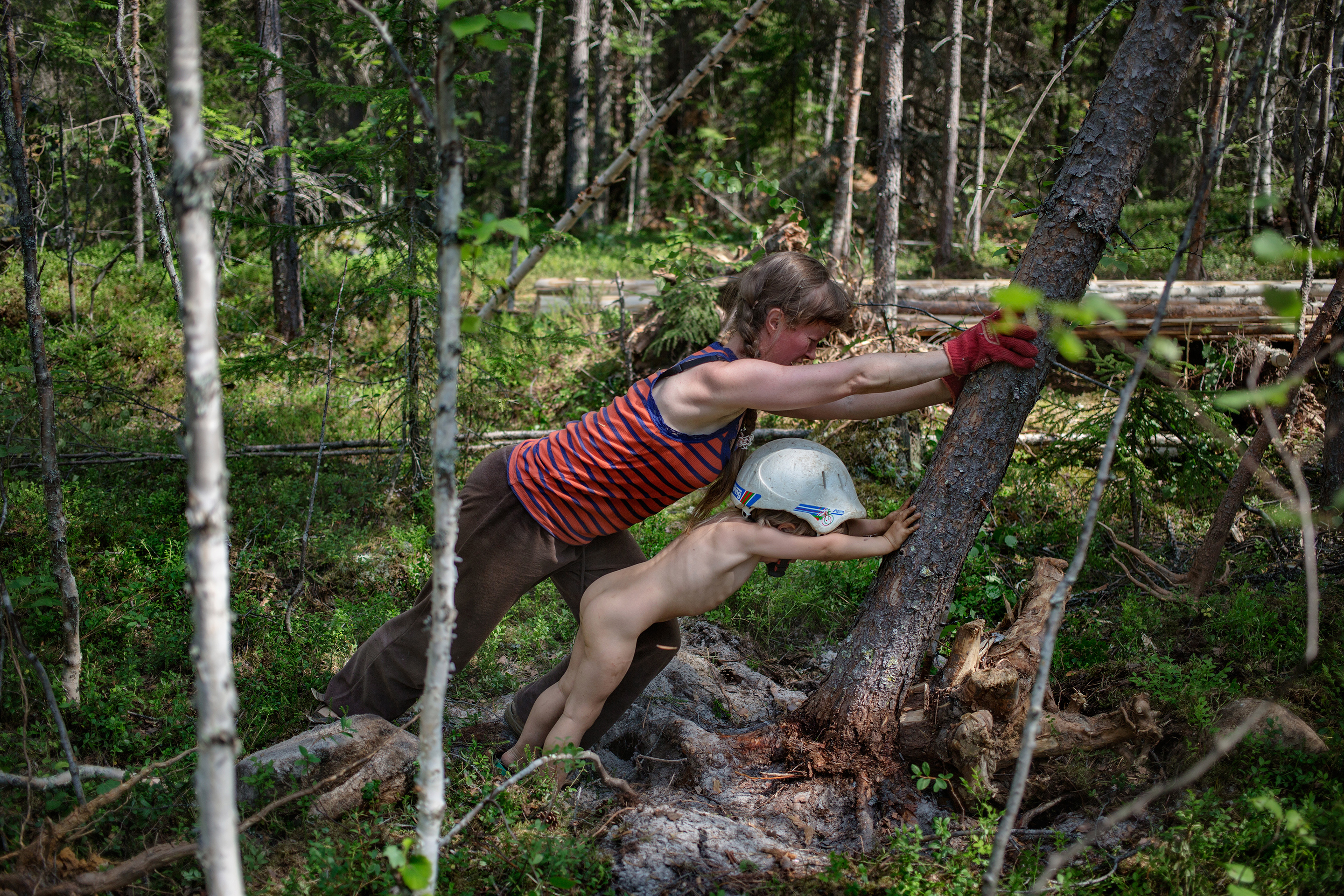

The 2019 Festival of Political Photography explores
the capacity for collective imagination and the potential for action. It
opposes the notion that things cannot be influenced, even though with
information about climate change, loss of biodiversity, and the rise of racism,
misogyny and the extreme right, it is easy to dismiss talk about imagination,
hope and alternative possibilities as escapism.
The festival highlights photography projects that deal
with smaller and larger changes, as well as alternative mindsets and
lifestyles. Changes can be personal lifestyle choices, or they may aim for a
more comprehensive reform of the structures of society or economic power. The
projects suggest an ethical imagination, which
enables us to question existing structures. Hope is
a state of mind that enables us to imagine the world as it should be, and not
as we are made to believe it is.
Photographs never simply represent things or people,
but the information they convey is a complex combination of possibilities,
circumstances, viewing and showing conventions, power, subordination and
empathy. Viewers are also required to have an ethical understanding that they
are not outside the circumstances that made the photography and the photograph
possible. Viewers are required to interpret, combine facts and – above all –
imagine.
photographers, artists and other creators
Laia Abril, Darya Apakhonchich, Airin Bahmani, Aslan Gaisumov,
Pekka Elomaa and the Lyhty team, Touko Hujanen, Ella Kiviniemi & Linda
Manner, Patrik Rastenberger & Sergio Prudant, Sanni Seppo & Ritva
Kovalainen & Ville Tanttu, Kurt Tong, and the curators of The Winds
of exhibition, Nayab Ikram and Ramina Habibollah, and the artists Baran
Caginli, Jeannette Ehlers, Mi Tjio and Uwa Iduozee.
exhibitions
The Finnish Museum of Photography: Potentiality
The Finnish Museum of Photography, Project Space: The Winds of
Pertti's Choice Outsider Art Gallery: Talkoot
Stoa cultural centre: Meillä / Utopia
︎ Download PVF Magazine 2019 (in Finnish)
Laia Abril: A History of Misogyny, Chapter One: On Abortion



Laia Abril’s (b. 1986) long-term project A History of Misogyny (2016, ongoing) is a visual research undertaken through historical and contemporary comparisons. In her first chapter, On Abortion, Abril documents and conceptualizes the dangers and damages caused by women’s lack of legal, safe and free access to abortion. Continuing with her painstaking research methodology, Abril draws on the past to highlight the long, continuous erosion of women’s reproductive rights to present-day. Her collection of visual, audio and textual evidence weaves a net of questions about ethics and morality, and reveals a staggering series of social triggers, stigmas, and taboos around abortion that have been invisible until now.
Under “natural” circumstances, the average woman would get pregnant about 15 times in her life, resulting in ten births. Seven of those babies would survive childhood. For centuries, people have searched for ways to delay or terminate pregnancy. Today, safe and efficient means of abortion finally exist, yet women around the world continue to use ancient, illegal or risky home methods: Every year, 47,000 women around the world die due to botched abortions. Across countries and religions, millions of women are blocked from abortion technologies by law and social coercion, and are forced to carry pregnancies to term against their will. Some are minors and rape victims. For many, the pregnancy is not viable or poses a health risk. But all can be criminalized for trying to abort. In violation of patient confidentiality codes, doctors and healthcare providers have been known report women seeking illegal abortions, even when is medically necessary to save the patient’s life.
︎Website Laia Abril
POTENTIALITY
PVF 2019The Finnish Museum of Photography
Darya Apakhonchich: Relax for Men
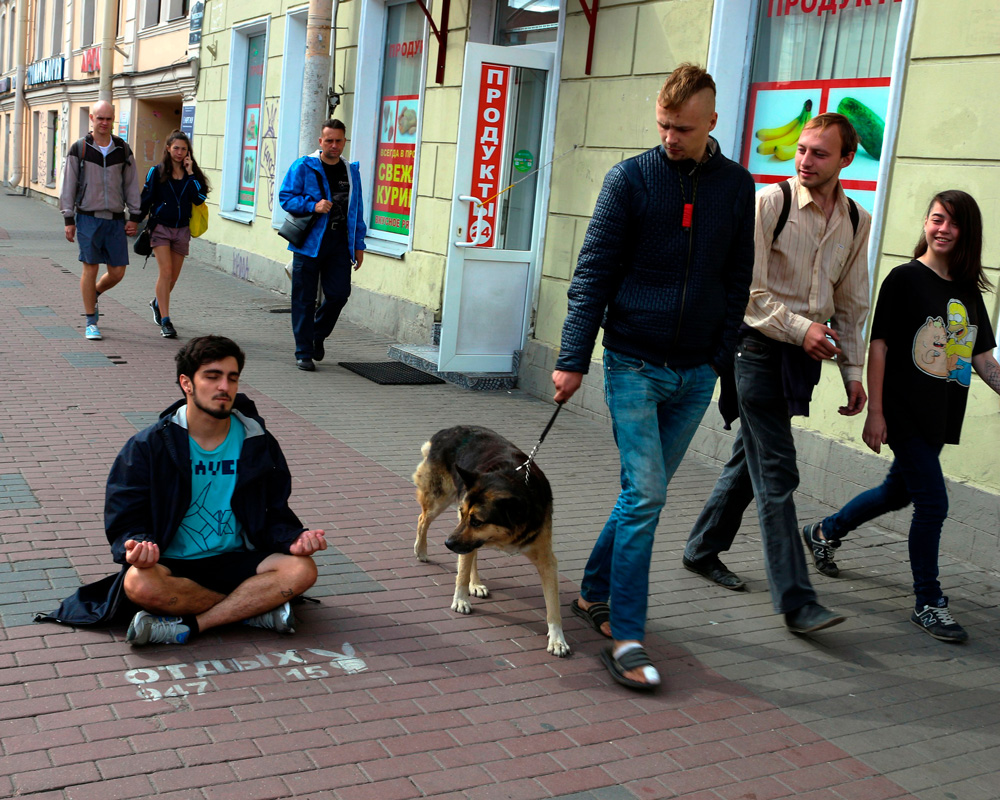

Darya Apakhonchich (born 1985) is a St. Petersburg artist and teacher whose series of works, Relax for Men (2016, ongoing), shows how sex work, which is mostly based on exploitation and corruption, is advertised in public spaces in her hometown of St. Petersburg. The photographs are the artist’s statement, constituting activism in a public space.The advertisements with the text “отдых”, which freely translate as “relax” or “relax for men”, are painted on the street, accompanied by telephone numbers. These euphemisms alongside women’s first names are used to advertise prostitution in Russia, which, despite being illegal, is a major and visible problem in the country. Sex workers are one of the most socially marginalised population groups, whose practitioners are treated arbitrarily and threatened by physical violence.
According to Apakhonchich, there are large numbers of brothels in her hometown of St. Petersburg and the advertisements have spread everywhere. Advertising prostitution is illegal, but according to the artist, cities are in no hurry to clear the advertisements, because the financial interests of those in power are often linked to human trafficking.
POTENTIALITY
PVF 2019The Finnish Museum of Photography
Airin Bahmani: Equal on the Mountains
The Iranian-Finnish human rights activist and photographer Airin Bahmani (born 1990) has documented the self-organised miniature society formed by Kurds who have fled from Iran to the mountains in Iraqi territory. The underlying principles of this community are gender equality and participatory democracy. The political and social culture of the community established in the mountains is based on equality and freedom of religion, which are not a reality in Iran’s current political system.
Iranians who flee to the border area come from a variety of backgrounds and are running away for a variety of reasons, including political persecution by the Iranian government. In Iran, many have been subjected to arbitrary prison sentences of several years. Many have been tortured and their family members have been executed. Some of the guerrillas living in the mountains have recently crossed the border between the two countries, while others fled the country already in the 1980s, after the Iranian Revolution.
The self-organised community of the left-wing, Iranian-Kurdish diaspora is a military base. Because of its views on society, the community has been attacked by both the Iranian government and Iraqi Islamist groups, which is why it protects itself using military means.
The photography series was realised with support from the Patricia Seppälä Foundation.
POTENTIALITY
PVF 2019
The Finnish Museum of Photography
